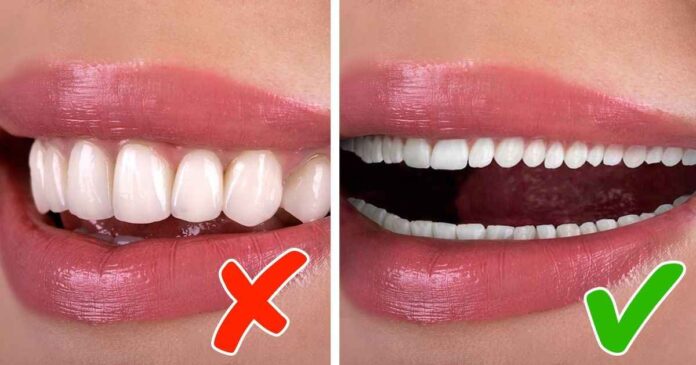
Because of the evolution of our bodies, we truly experience pain during childbirth. Human evolution spanned approximately 6 million years, but the modifications we underwent did not make us perfect, and our bodies include a few design defects that you may not be aware of.
1. Pelvic bone
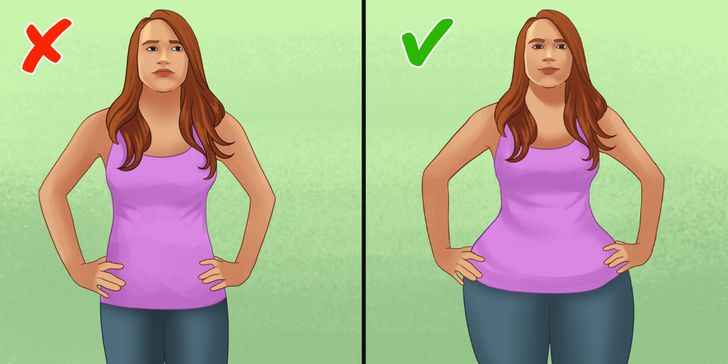
Babies have large heads, but we have very small pelvic apertures. This implies that getting the head into the birth canal is a very tight fit, which makes giving birth quite painful.
Solution: A wider pelvic bone would make the whole process less unpleasant, but it would also make our hips larger, making walking more difficult. Another option is to have the baby emerge at the navel portion, which would imply we would give birth through the belly button.
2. Male nipples
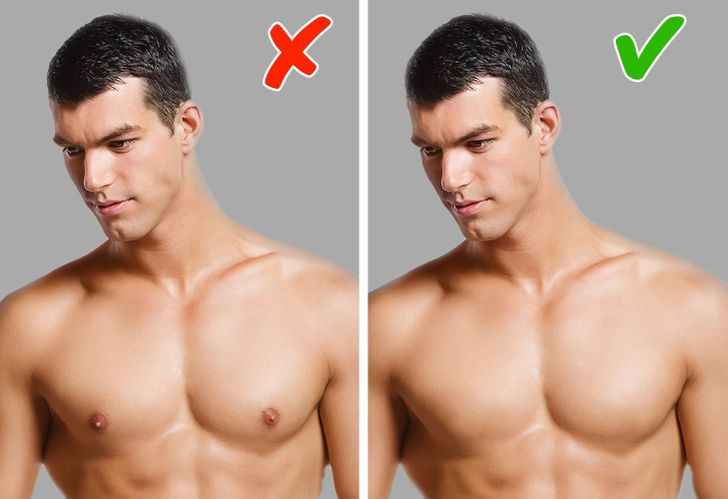
Male nipples are worthless, and the small amount of tissue behind them is a potential cancer target. The presence of nipples in men is most likely due to a residue from their development in the womb. The nipples develop before the gender is determined.
Solution: In order for boys to be born without nipples, the gender of the child must be identified before they are born.
3. Eyes
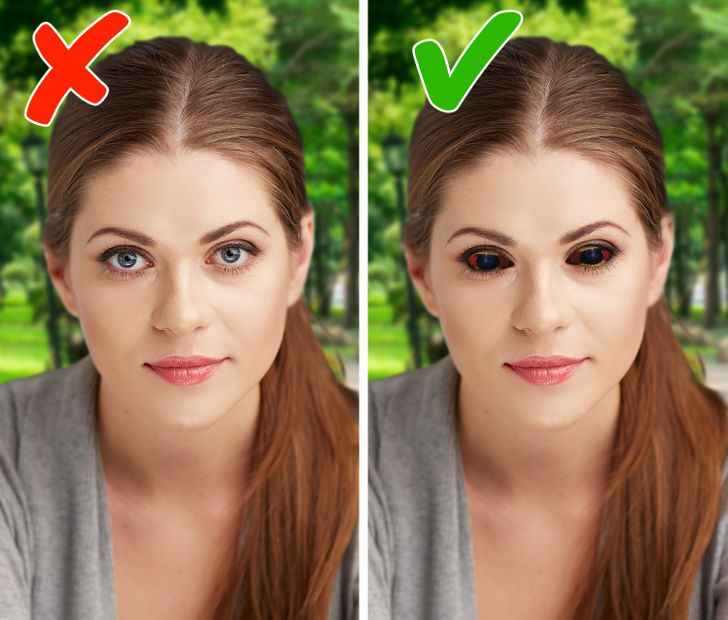
We all have a blind area, even if we aren’t aware of it. This is due to the inside-out retina, in which nerve fibres are placed in front of the retina and block light. Both eyes operate together to provide us with clear vision.
This could be solved by having octopus-like eyes. This is due to the fact that they do not have an inside-out retina or blind spots.
4. Spine
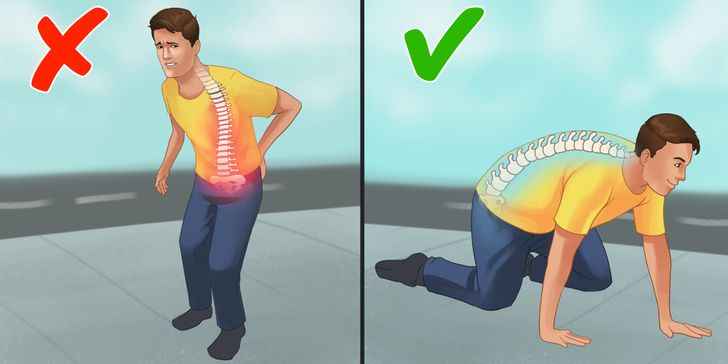
According to studies, back discomfort is caused by our evolutionary past, which 65 million Americans have experienced at least once. The contour of the spine was ideal as we were walking on our hands and feet, ensuring that the organs were placed comfortably. As a result, there was no pressure on the back.
The spine was forced to flex to support and make space for the organs now that we’re walking on two feet.
Solution: To get rid of back pain, we need go back to walking on all fours.
5. Legs and feet
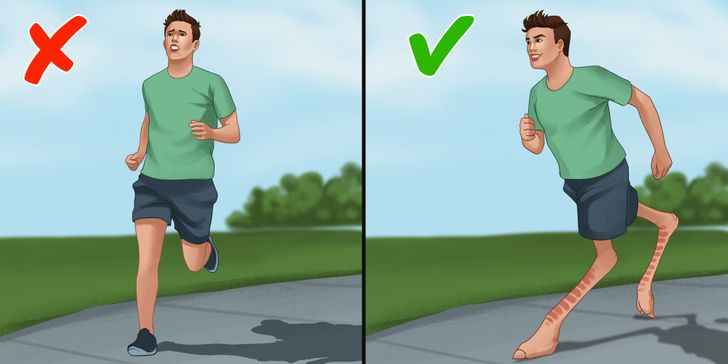
Each of our foot has too many bones (26), making them prone to damage and suffering. Our ape-like forefathers required them to grasp and hang onto branches. However, we don’t require them at this time.
Solution: Ostrich feet, which have less bones, should be used. An ostrich’s ankle joints, rather than rearward knees, are visible. This protects their feet from harm and allows them to run quickly.
6. Throat
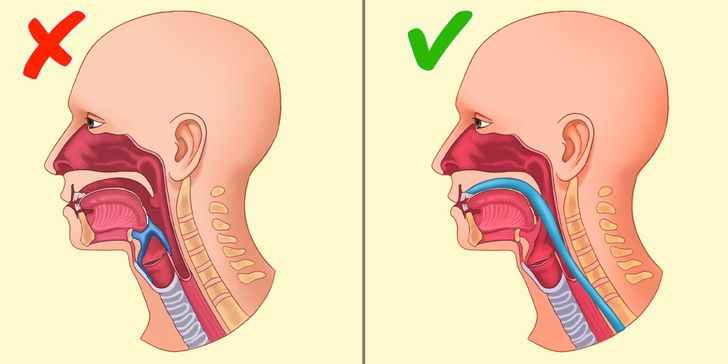
Because humans only have a small tissue flap covering our windpipe, we can easily choke. When we swallow, the flap tissue (epiglottis) covers the windpipe (trachea), allowing food to pass through the food pipe (oesophagus) and into the stomach. Choking occurs when the flap tissue does not react quickly enough.
We’d have to give up our ability to talk as a solution. We could eat without fear of choking if we didn’t have the epiglottis in the back of our mouths, but we’d have to give up our voice box (larynx).
7. Teeth
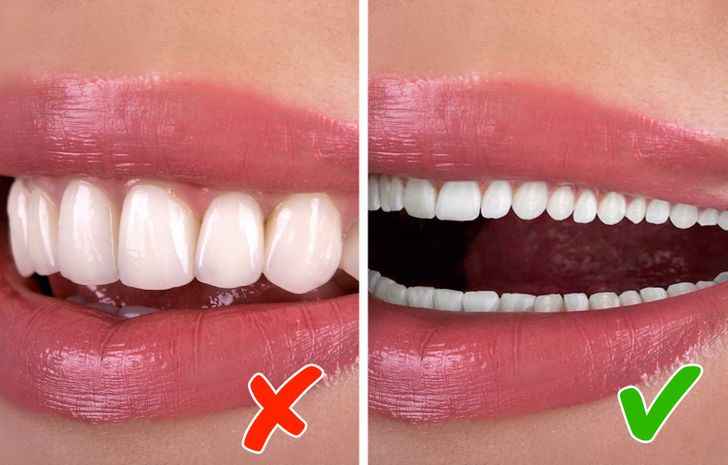
We only have two sets of teeth as humans (and other mammals): baby and adult. However, given how quickly they may break down and how much money we spend on them, they’re clearly a fault in the body.
Teeth would be required for specialised purposes. Canine teeth were once utilised for consuming meat and molars for chewing vegetables. It would be uncomfortable, though, if our bodies sprouted a new set of teeth.
Solution: Kangaroo teeth might be a better option. This is because as their teeth wear down, they fall out and are replaced, causing the back teeth to migrate forward.
Have you heard of any additional shortcomings in body design? Would you prefer to walk on your hands and knees merely to avoid back pain? What flaw did you discover?
Preview photo credit shutterstock.com
